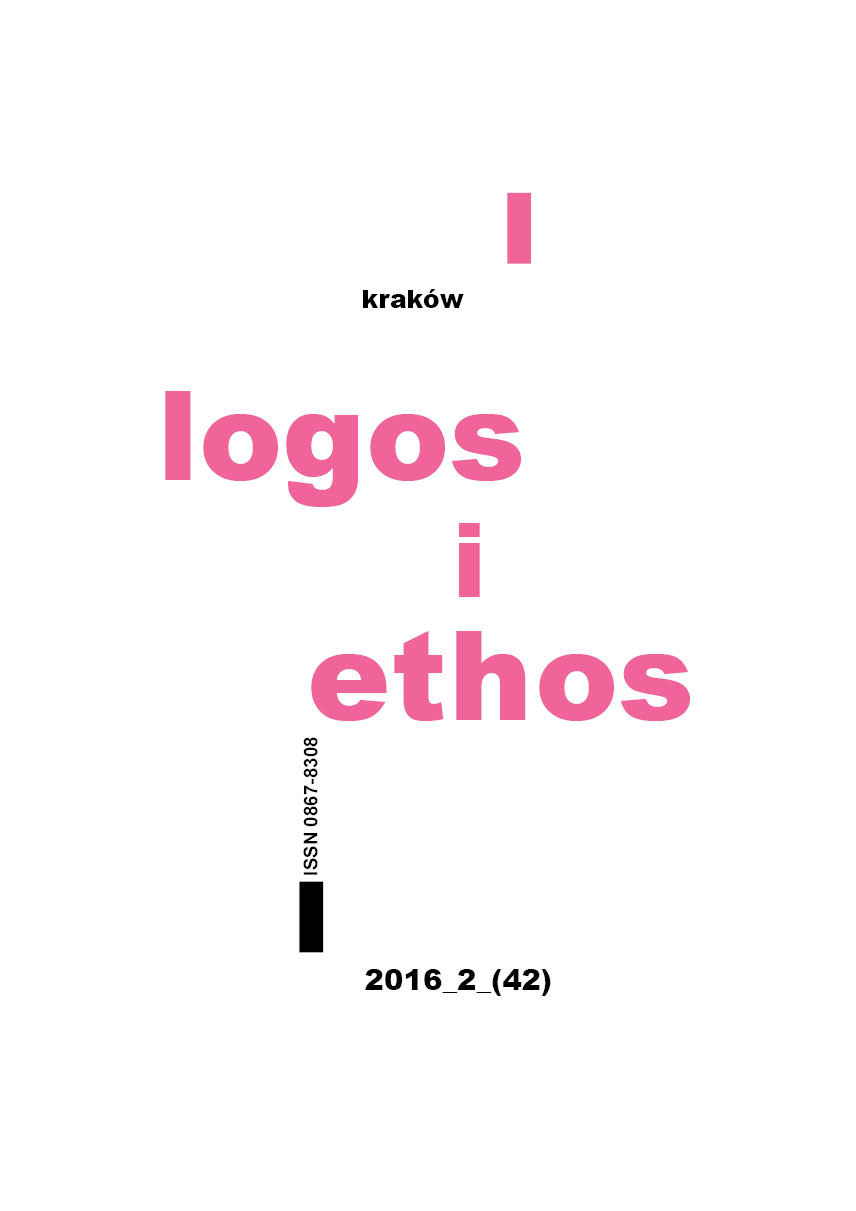From experience to gift. Reflections on life as disclosed to consciousness. Part 2
DOI:
https://doi.org/10.15633/lie.1913Słowa kluczowe:
life, death, encounter, reduction, donationAbstrakt
In the first part of this meditation I argued concerning the self-disclosure of life to consciousness that there is something prior to all concrete conscious reflection on life and thus prior to whatever notion of life. We are already affected by life before thematically and reflexively experiencing it.In this second part I would like to investigate how this original vital experience (Erlebnis) in which life is disclosed in a silent way is transformed by consciousness to reflected conscious experiences. This transformation that allows for a new access to life at the same time necessarily goes along with a certain reduction. It is this reduction that has to be traced back in order to discover the full meaning of life, i.e. the donum (the self-giving character of life) behind the data or simple givenness of life.
I realize this step analyzing three typical forms of experiences in which life thematically reveals itself, such as new life, death and encounter. In each of these experiences of life the data of life contains a reference to the underlying donation: the self-disclosure of life in form of a gift of life. This allows me to argue that that in any ‘vital-experience’ what offers itself to the personal encounter is the full Life as such. Further I show how the gift of life is to be discovered in all three dimensions of its manifestation: life-world, inner life of the soul and event.
Bibliografia
Chrétien J.-L., The unforgettable and the unhoped for, transl. by J. Bloechl, Fordham University Press, 2002.
Conrad J., Heart of darkness & other stories, Wordsworth Editions Ltd. 1998.
Heidegger M., What is metaphysics?, [in:] M. Heidegger, ed. by D. Farrell Krell, London, p. 89–110.
Leibniz G. W., The principles of nature and of grace, based on reason, [in:] G. W. Leibniz, Philosophical papers and letters, ed. by L. E. Loemker, Springer Netherlands, 1989, p. 636–642.
Letter of His Holiness John Paul II to artists, https://w2.vatican.va/content/john-paul-ii/en/letters/1999/documents/hf_jp-ii_let_23041999_artists.html (10.10.2010).
Musil R., Der Mann ohne Eigenschaften, Bd. 1: Erstes und zweites Buch, Hrsg. A. Frisé, Neu durchges. und verb. Ausg. Rowohlt, Reinbek bei Hamburg 1978.
Sartre J.-P., Bariona ou le Fils du tonnerre, [in:] J.-P. Sartre, Théâtre complet, éd. M. Contant et al., Paris 2005.
Tolstoy L., The death of Ivan Ilyich and Master and man, transl. by A. Pasternak Slater, Modern Library Paperback 2004.
Pobrania
Opublikowane
Numer
Dział
Licencja
Autorzy publikujący w czasopiśmie udzielają jego wydawcy zgody o następującej treści:
- Autor zachowuje autorskie prawa majątkowe do utworu, a jednocześnie udziela wydawcy czasopisma zgody na jego pierwszą publikację w wersji drukowanej i wersji online na licencji Creative Commons Uznanie autorstwa 4.0 Międzynarodowe oraz zgody na wykonywanie opracowań, w tym przekładów.
- Autor ma możliwość udzielania zgody niewyłącznej na opublikowanie utworu w wersji, która ukazała się w czasopiśmie (np. zamieszczenia go w repozytorium instytucjonalnym lub opublikowania w książce), wraz z informacją o jego pierwszej publikacji w czasopiśmie.
- Autor może umieścić swój utwór online (np. w repozytorium instytucjonalnym lub na swojej stronie internetowej) jeszcze przed zgłoszeniem utworu do czasopisma.

